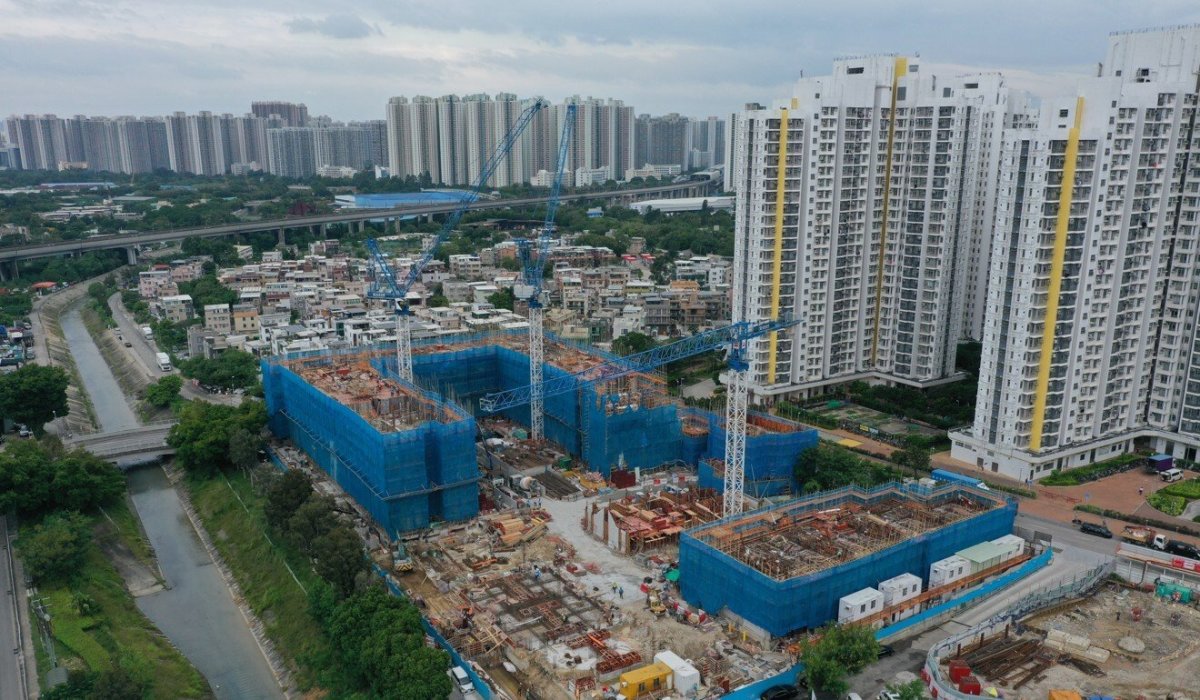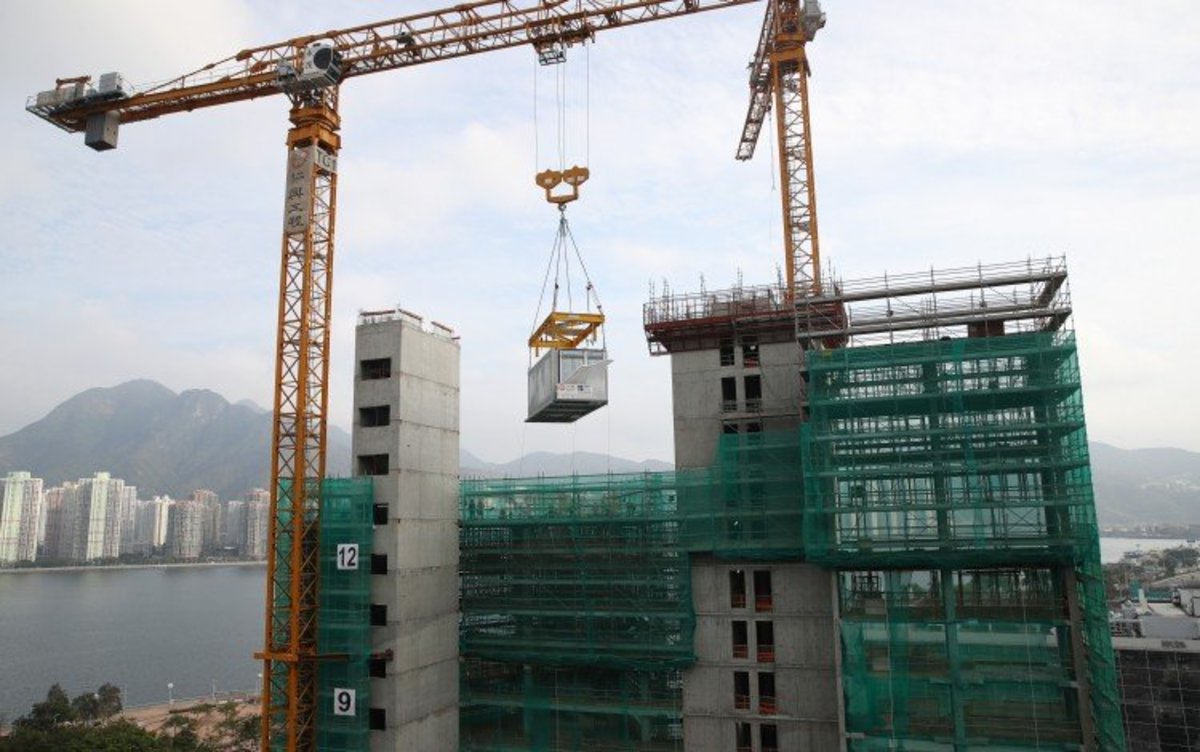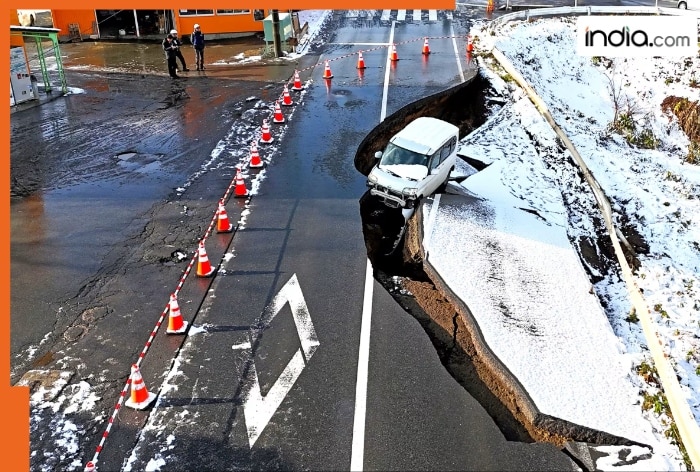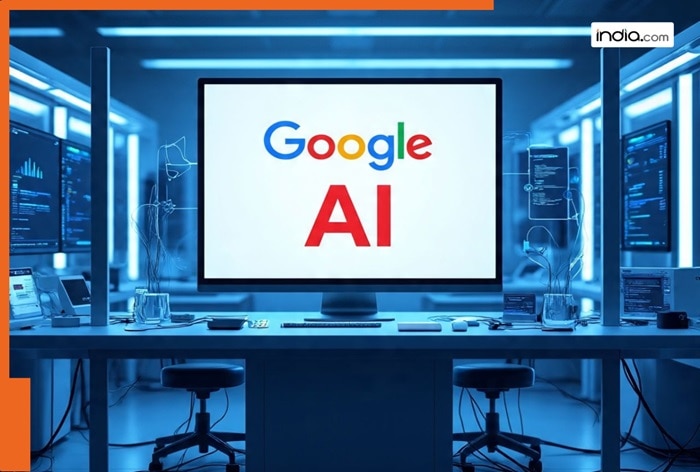AI-guided robots are stepping into construction as $40 trillion gap grows
It’s been said that construction is not just about building structures; it's about building futures. The future of the construction industry is now turning toward robotics. While there was a time when generations of families worked in construction, the industry has been facing a serious labor ...

It’s been said that construction is not just about building structures; it's about building futures.
The future of the construction industry is now turning toward robotics.
While there was a time when generations of families worked in construction, the industry has been facing a serious labor shortage, driven in part by an aging workforce, fewer young people entering the field, and the Great Resignation that followed the Covid-19 pandemic.
In addition, Immigration and Customs Enforcement (ICE) raids have triggered worker absences and fear, as immigrants make up nearly 30% of the national workforce and even higher percentages in states like California and Texas.
Although employment in construction continues to track upward, this growth has not kept up with the workforce demands of the industry.
The Associated General Contractors (AGC) of America estimated that the construction industry will need to hire around 439,000 new workers on top of normal hiring in 2025 to meet the demand.
Meanwhile, the National Center for Construction Education and Research estimated that roughly 41% of the workforce will retire by 2031.
Humanoid robots seen as solution to worker shortage
Analysts have pointed to humanoid robots as a possible solution to the problem.
“Dexterous, bipedal robots with general intelligence are advancing faster than many expected, and they’re quickly becoming economically viable,” according to a Bain & Co. report.
More Tech Stocks:
- Senior analyst lifts Palantir stock price target with a catch
- Nvidia just scored a massive AI win, but CEO Huang has regrets
- Apple’s iPhone 17 story just took an unexpected turn
- Analysts revamp Salesforce stock forecast after key meeting
“Within five years, robots will likely be able to perform a wide range of physical tasks at a cost that rivals or beats human labor.”
Fixed robots have been around in some industrial and commercial environments for decades, the Bain report said, with wheeled, automated guided vehicles (AGVs) expanding in popularity.
However, in a world built for humans, bipedal, humanoid robots offer some unique advantages.
“Their dexterity and design lead them to be able to perform a very wide range of activities,” the report said. “Guided by AI, the coming wave of humanoid robots will be able to learn and adapt in the environments where they’re deployed—homes, warehouses, factories, and public spaces.”
And, as with fixed robots, the Bain study said “humanoid robots will be active for 24 hours, greatly expanding productivity.”
Some of the top humanoid robotic companies include Tesla (TSLA), Boston Dynamics, Agility Robotics, Figure AI, and Apptronik.
Tesla's Optimus robot was recently handing out candy by New York's Nasdaq building and CEO Elon Musk told analysts during the company’s third-quarter earnings call that “we are on the cusp of something really tremendous with Optimus.”
“Optimus will be an incredible surgeon,” he added. “Of course, we make sure Optimus is safe and everything, but I do think we're headed for a world of sustainable abundance.”
Analysts at McKinsey said the construction industry has been slower to digitize tasks compared with other sectors, keeping it more reliant on manual labor and minimizing gains in efficiency.
“Exacerbating the problem, global demand for housing and infrastructure is accelerating, driven by urbanization, population growth, and the need to replace or expand aging assets,” McKinsey noted, adding that the projected supply is predicted to fall short of demand by about $40 trillion.
Employers should prepare for robots now, analysts say
Human apprentices often spend years observing and practicing under supervision, the McKinsey report said, but humanoids could rapidly analyze millions of construction videos, instructions and demonstrations to learn skills much faster.
“While humans rely on experience, observations, directions from colleagues, or maps to get around, humanoids navigate by processing extensive data about their surroundings, including input from sensors and other contextual information,” the study said.
Related: Elon Musk's top 3 shocking quotes from Telsa Q3 earnings call
Researchers in Japan have created a humanoid that can independently install drywall, but it has not yet been widely tested.
“Rather than waiting for full-scale deployment to become a reality, forward-looking construction leaders should begin preparing now for a future in which humanoids and humans work together,” McKinsey said.
Humanoids still represent a vision for the future workplace, rather than an immediate reality, the report said.
The technology is constantly and rapidly improving, and humanoids could eventually become an option for busy and chaotic workplaces, including construction sites.
“With the industry’s long-standing labor and productivity challenges likely to intensify, construction leaders would do well to begin considering potential uses for humanoids now,” McKinsey said. “If humanoids do become a cost-effective solution, companies will want to move as fast as possible.”
“Those who prepare now will be best positioned to seize the opportunities ahead,” the report said.
Related: AI disrupts the job market, not (yet) in a big way
What's Your Reaction?





















































